Thanks for this helpful blog! I also use Canva for creating and editing posters. They are easy and have great features for free. I read in this article here https://platongraphics.com/event-graphics-sizes/ that sizes for printed event graphics differ depending on the purpose of your event graphics. What is the best size you can suggest for flyers?
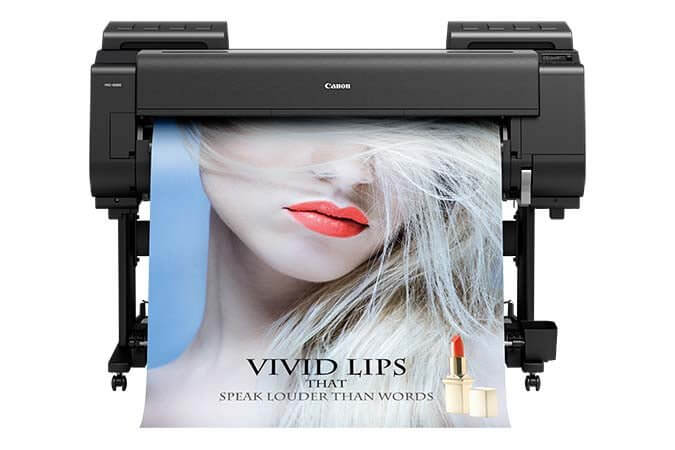
Poster Printer - How to Print Posters for Your Business or Event
One thing that the COVID pandemic reinforced was the need for companies, schools, and other institutions to have open access to signs and posters. Just think how many social distance signs or “mask mandatory” warnings you saw through that time. This need forced institutions of all types to find the best way to produce this signage.
Many people obviously decided to use local print shops, however, other enterprising organizations found ways to utilize the wide-format printers that they had on hand for this task. Others become motivated to look at acquiring that type of equipment. Here is what you should look for in a plotter for a poster printer.

Customizing Your Poster
If you need custom posters printed, there are a few things to keep in mind. Can you design the artwork from scratch, or do you need to hire a graphics artist?
Before you jump to a conclusion, there are many fantastic resources available now that make first-class poster creation possible for anyone.
Creation Software
Canva – an online design and publishing tool that empowers everyone in the world to design anything and publish anywhere. The PRO & Enterprise plans require a subscription, but you can do quite a bit of creation with the free version. This will at least provide you with some ideas and inspiration.
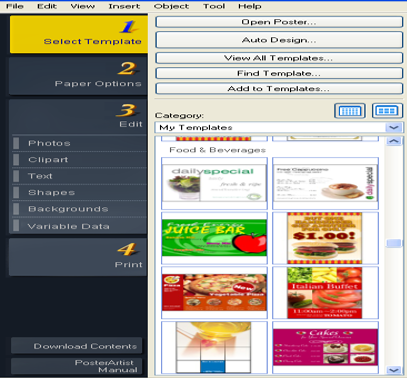
Canon Poster Artist – Every Canon large format printer includes a free version of PosterArtist software. This is software application allows you to create professional looking custom signs and posters. It is a template-based, drag-and-drop format, so anyone can quickly get excellent results.
Determine Which Size Poster You Want
There are several different sizes of posters available: A4 (8.5" x 11") and A3 (11" x 17") are some simple business sizes, but ARCH C (12” x 18”) and ARCH D (24” x 36”) are quite common as well. So, make sure you when you create the image, it will scale and print properly on the correct size.
Print Media Materials
This is where a lot of people get confused about printing. There is a very large range of materials that you can use to print your posters and it can be a lot to comprehend.
Some examples include heavyweight paper, photo paper, vinyl, and canvas. Obviously, the specific need of use will dictate the right paper for the job.
Ink
Many older general-purpose CMYK printers used a water-based dye ink. This type of ink is very volatile to the elements and will begin to break down quickly once exposed to ultra-violet light and/or oxygen. This results in fading, so if your poster or map will be displayed for an extended period, this could be an issue.

One word of caution: Depending on the quality needed, basic 4-ink (CMYK) plotters may not give you the color space needed – These basic models can have very limited color gamut that it can produce. If color matching is important, it might be worth looking into the new Canon GP Series.
Newer Ink Technology
The Canon GP printers are the first large format printers to include a Fluorescent Pink ink into the mix. This enables the Canon GP plotters to reproduce PANTONE Calibrated colors for fluorescent and pastel color schemes.

If you are considering using a printing service for longer term signage, you are probably better asking for eco-solvent, latex, or UV-gel prints. Your service provider can give you more insight on this.
Summary
In conclusion, choosing the right poster printing service will ensure that your business gets the attention it deserves. There are several things to consider when selecting a how you want to print your poster. Do you want to do it yourself, or hire a service provider? There are pros and cons for each.
First, make sure that you are starting with a high-quality printable file. Next, find out what kind of materials that are needed to produce the posters for your specific application.
Explore our selection of poster printers >>
Get a quote on a new Poster Printer >>
Sources:
https://www.tavco.net/articles/best-wide-format-printer-for-posters
https://www.tavco.net/articles/make-custom-covid-19-posters-with-canons-posterartist-software


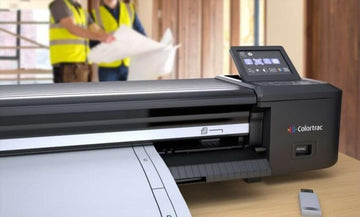
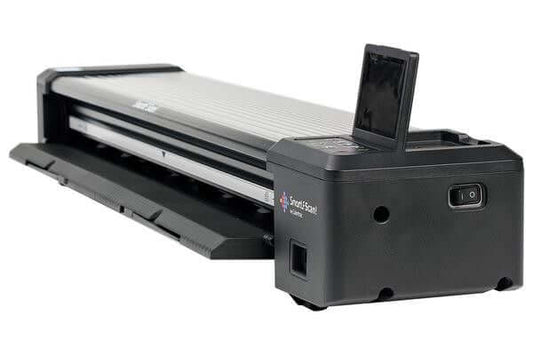
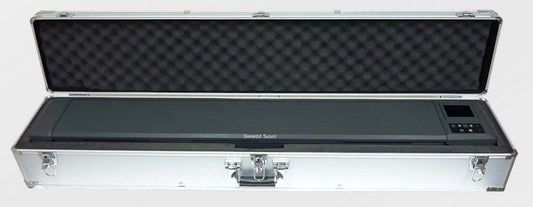


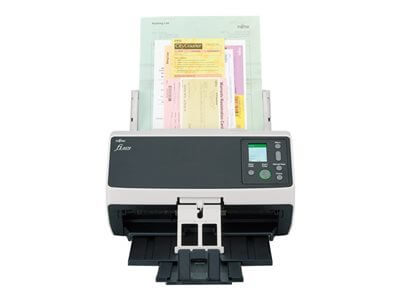
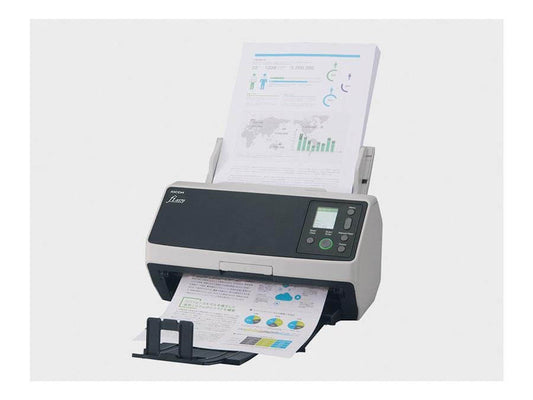
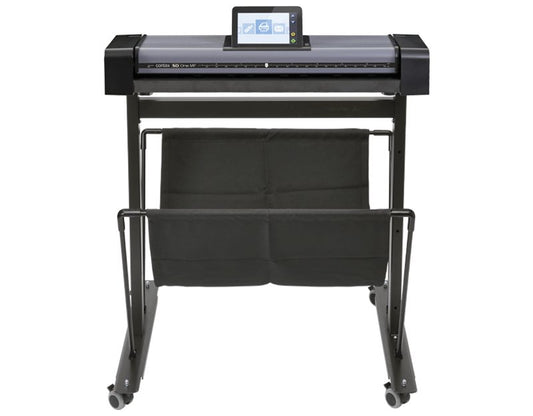
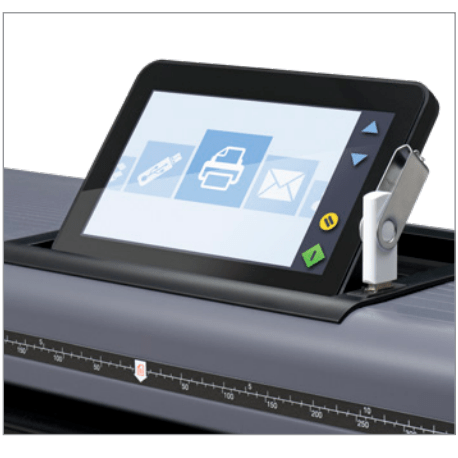
![Matterport MC250 Pro2 Camera [Demo Model Sale] - TAVCO](http://tavcotech.com/cdn/shop/files/matterport-mc250-pro2-camera-demo-model-sale-2922306.jpg?v=1753797590&width=533)
![Matterport MC250 Pro2 Camera [Demo Model Sale] - TAVCO](http://tavcotech.com/cdn/shop/files/matterport-mc250-pro2-camera-demo-model-sale-5147499.jpg?v=1753797590&width=533)

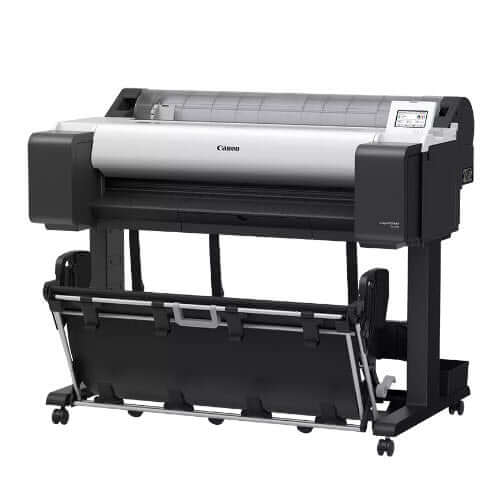

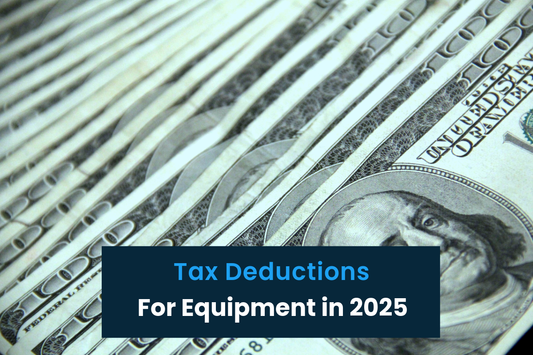

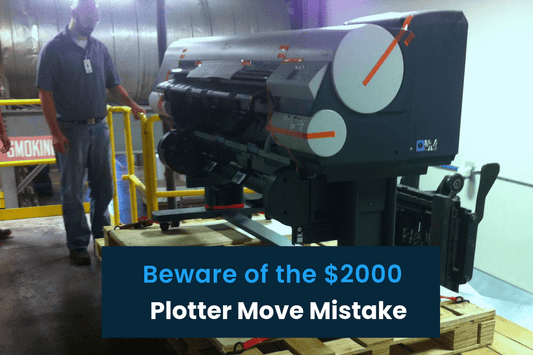
1 comment